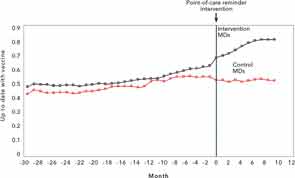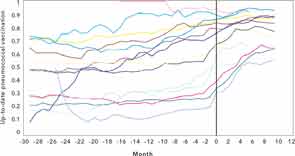
Source: Arthritis Rheum. 2013;65:39-47.

Source: Arthritis Rheum. 2013;65:39-47.
Fitting the Patient into the Equation
How does the patient fit into the paradigm of quality of care? Patients have an evolving role in their disease management—particularly in many of the chronic diseases that we see, such as RA, systemic lupus erythematosus (SLE), and the vasculitides. With the increasing use of electronic health records that provide patient portals and the wide array of health information available on the Internet, many patients are able to access their own health information online and ask savvy questions about their diseases and their medications.
Engaging patients in their disease management can be an effective way to help improve patients’ satisfaction with their care. When patients understand the rationale for using more aggressive treatment strategies in RA and the real risks and benefits of the medications we prescribe, there may be a better adherence to the treatment plan, which can hopefully achieve better outcomes, such as low disease activity or remission.9 This experiment is being carried out in Sweden, where RA patient registries with web-based tools help patients track their own disease activity. It will be interesting to see whether they will play a role in changing the model of RA care delivery. Innovations such as smartphone applications, kiosks in the clinic, or computer tablets in the waiting room can help collect relevant data from our patients in a more efficient manner and enable us to make better decisions about disease management during the office visit.10 For example, integrating a disease activity tool into the electronic medical record provides rheumatologists with the ability to view important trends over time at the point of care.11


